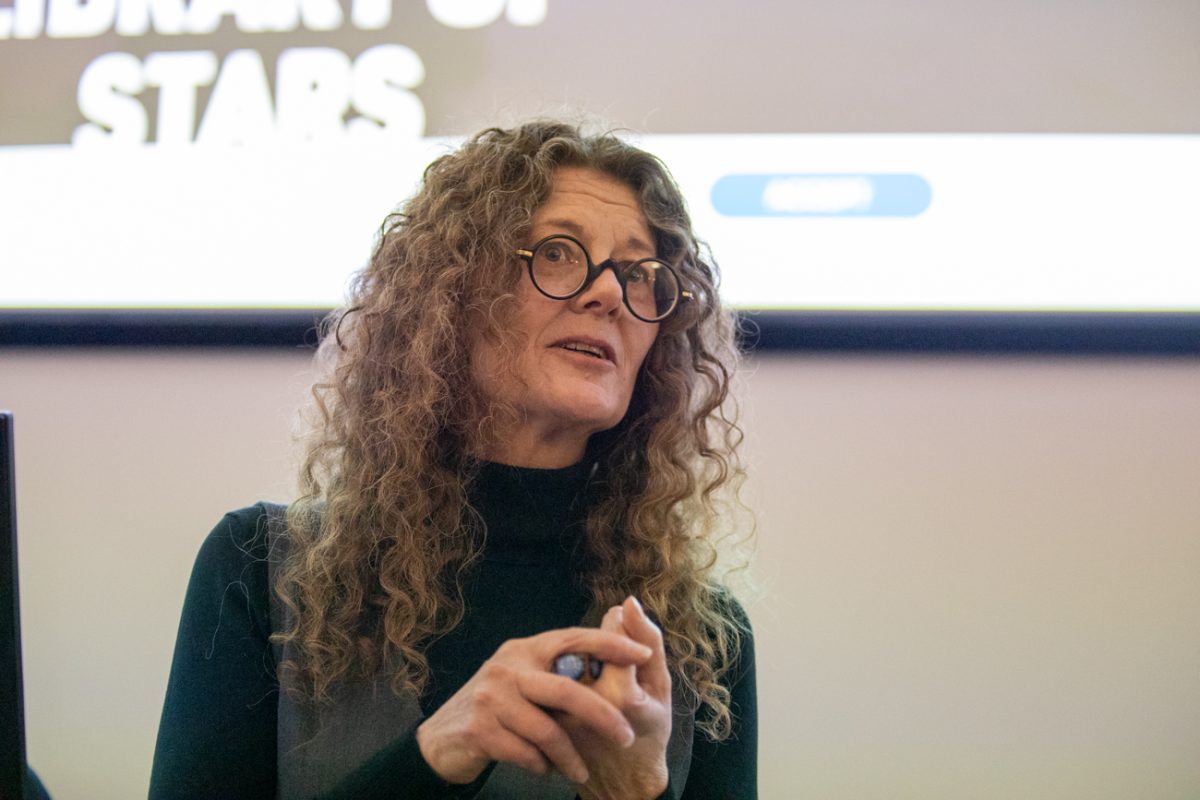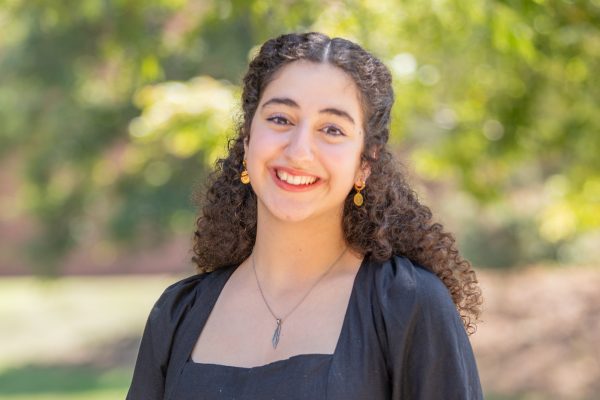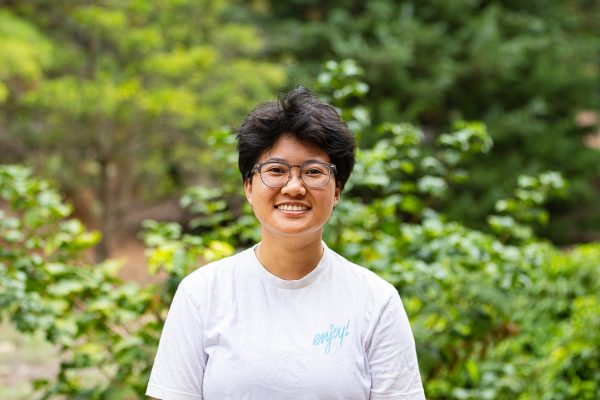For students hoping to develop a career in public art, breaking into the field can seem daunting.
Jana Erwin, city of Wichita public art manager, and Kate Van Steenhuyse, assistant director for the Kansas Creative Art Industries Commission, shared resources and strategies for fine arts students during a panel on April 2.
“I think people get overwhelmed,” Van Steenhuyse said. “And that’s understandable. But the more you just familiarize yourself, then that demystifies a lot of it.”
During the panel, Erwin defined public art with a quote from the Association of Public Art.
“Public art is a reflection of how we see the world,” Erwin said.
The discussion described the usual processes public artists go through to have their work displayed in the community. This includes differentiating between requests for qualification (RFQ) and requests for proposal (RFP). While the former usually entails sending one’s resume and portfolio, the latter requires a higher level of budgeting and planning.
Erwin emphasized the traits of a strong applicant sending their information as an RFQ, specifically in the often-requested letter of intent from the artist.
“It should show that you’ve done some research on the location, the community and aims,” Erwin said. “It should illustrate that you are capable of fulfilling the needs of this project in a professional manner, on time and on budget.”
Van Steenhuyse recognized that budgeting for a public art piece, often a requirement when submitting an RFP, is another obstacle students may struggle with. She urged students to be transparent with the financial needs of their work — and to remember to “pay themselves.”
“A lot of times what I see is that organizations initiating projects … they don’t know what it’s like from the artist’s side,” Van Steenhuyse said. “So it is within your power — and it is a really great thing — to just ask some questions and respectfully advocate for yourself.”
The pair recommended Wage for Work, a website that provides examples of the wages paid to artists for specific projects and gives a starting point for someone making a budget for the first time. Another tip Van Steenhuyse highlighted was working backward in finding organizations that fund public art by researching who public artists did specific projects for.
The panelists emphasized certain skills growing artists could focus on while completing their degree and before entering the workforce. Van Steenhuyse said that a general knowledge of the workings of local governments is a starting point for understanding where to find public art opportunities.
“Any kind of facilitation training that you can do,” Van Steenhuyse said. “If you can become comfortable leading groups of people through thought processes and helping people generate ideas, become comfortable speaking in front of people, all of those things are really important.”





